The reasons why cyclists remove their body hair depend on whether we are talking about a pro, an amateur who competes, an amateur who is addicted to cycling or a simple bicycle tourist. Those reasons can be outlined as follows:
- Aesthetics. Top argument based on the idea that we look more like PRO riders with our legs shaved.
- Peer pressure. You are more likely to see a cyclist with body hair riding alone than in a group. The group influences what we do and how we behave.
- Massage. The masseur or physiotherapist will appreciate shaved legs because it makes their job easier. Besides, it helps the application and absorption of creams.
- Reducing the risk of severe skin damage in the event of a fall or injury. Lack of body hair makes cleaning and treating wounds easier and speeds up healing.
- Better breathability and cooling for the legs as sweat evaporates faster and moisture does not accumulate in our hairs.
- Marginal gains. The importance of aerodynamics is a bit of a myth since the gain is negligible. If it were significant, we would probably shave our arms too.
Prevention, massages and cooling the body are much more important for a professional than aesthetics, although the latter also matters. On the other hand, for a simple bicycle tourist, aesthetics and being part of a group are the main reasons to shave their legs.
Body-Hair Removal Methods for Cyclists
Seven most common methods of hair removal for cyclists are as follows:
Pros and cons of each of them:
Electric Hair Clipper or Trimmer
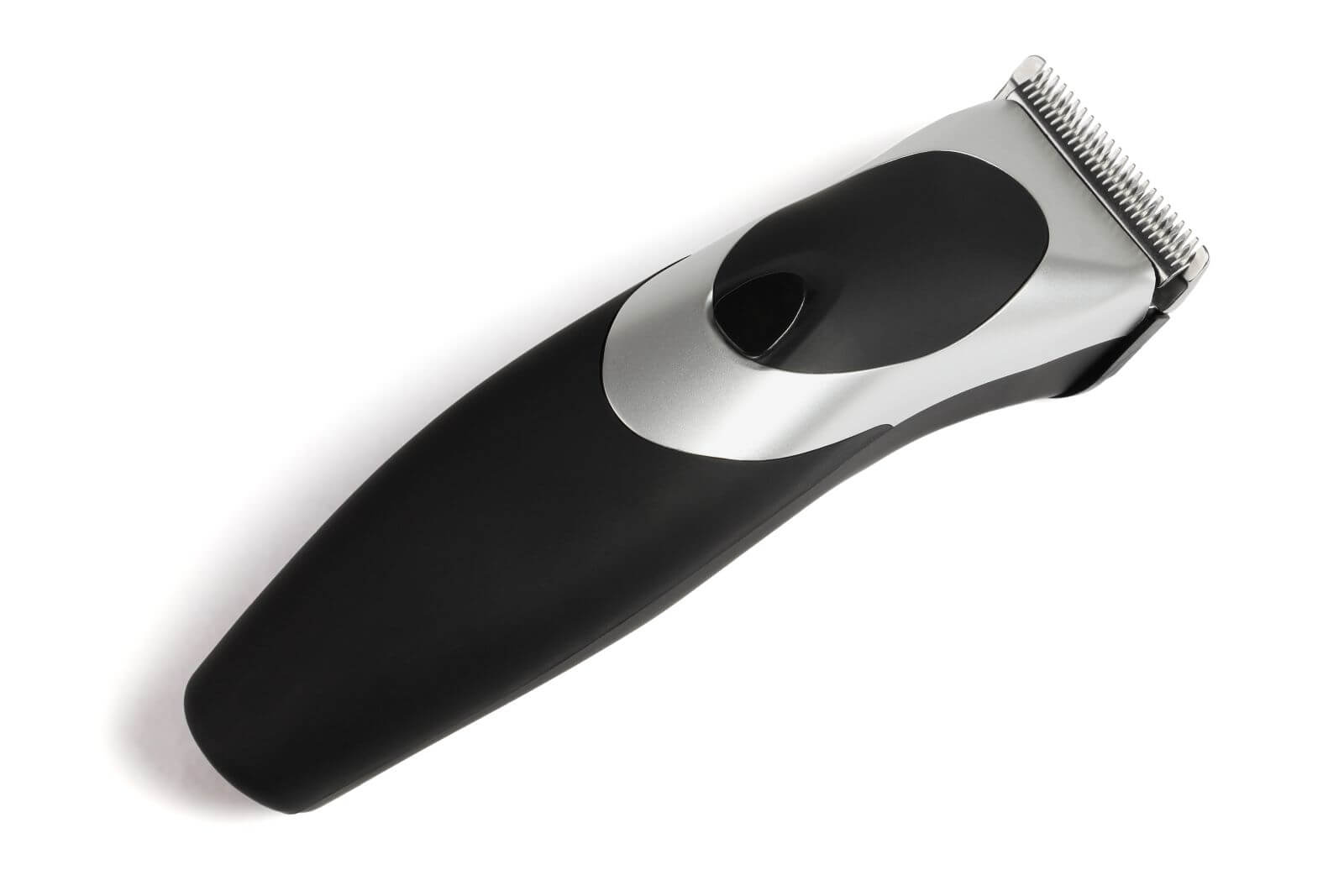
Pros – Fast. Convenient. At-Home Method.
Cons – Not a very smooth shave.
The easiest and quickest way of hair removal is to use a hair clipper or a specific facial or body hair trimmer. The latter can give you a pretty clean shave, but hair clippers don’t get as close as a razor.
Do it in the bathtub, in the shower or with a towel under your legs to keep the mess under control. Collect the hairs afterwards so they don’t go down the drain.
Electric Shaver or Razor
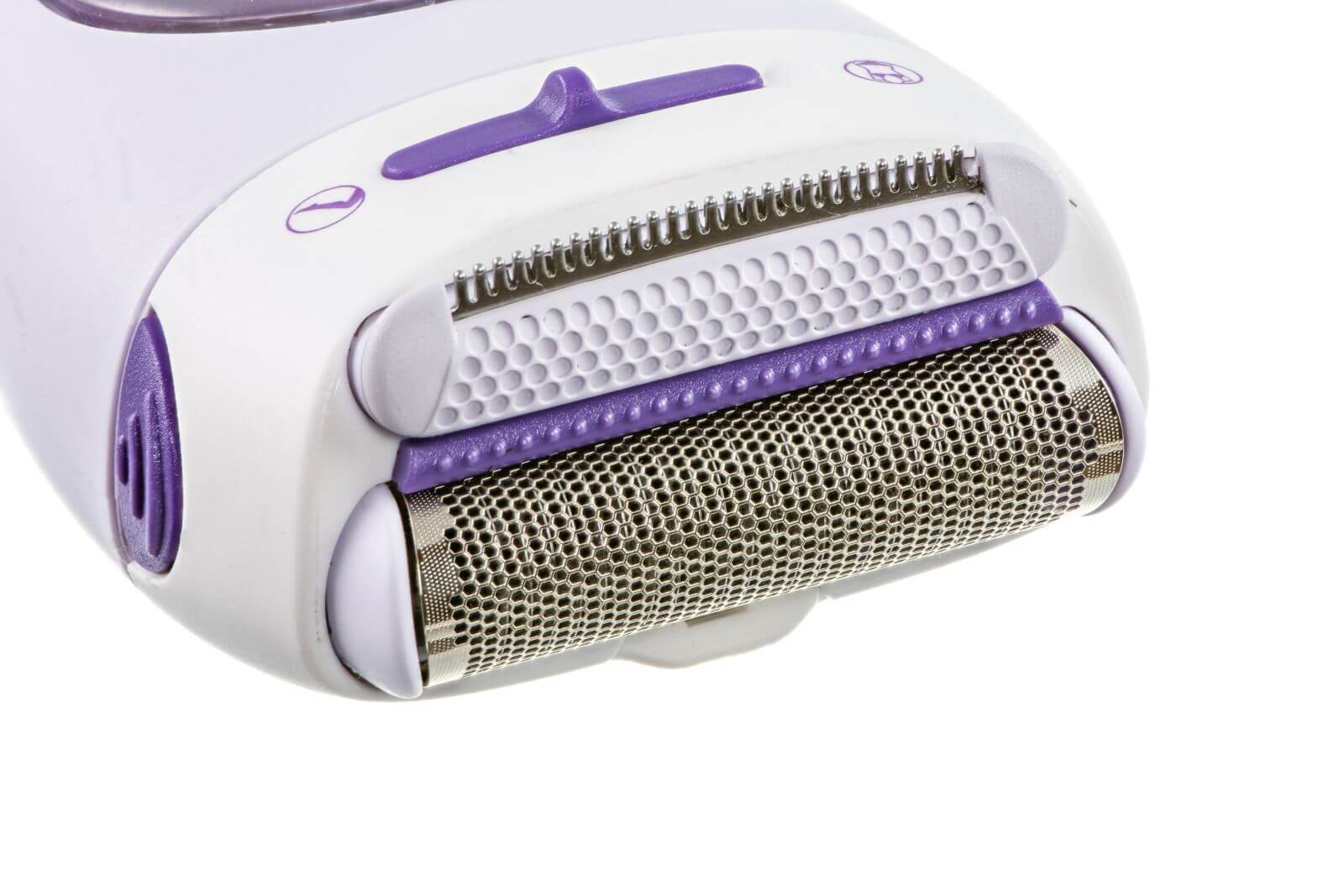
Pros – Fast. Convenient. At-Home Method.
Cons – Short-lasting solution.
Once men began to worry about their body hair, companies started designing specific shavers. There are wet- and dry-shave electric razors and the result depends on your type of skin and the amount of hair you have as well as the money you are willing to spend on the shaver. The more power and quality, the better shave you will get.
Ask another shaver-owner for advice before the purchase or read buyers’ reviews.
Safety or Cartridge Razor
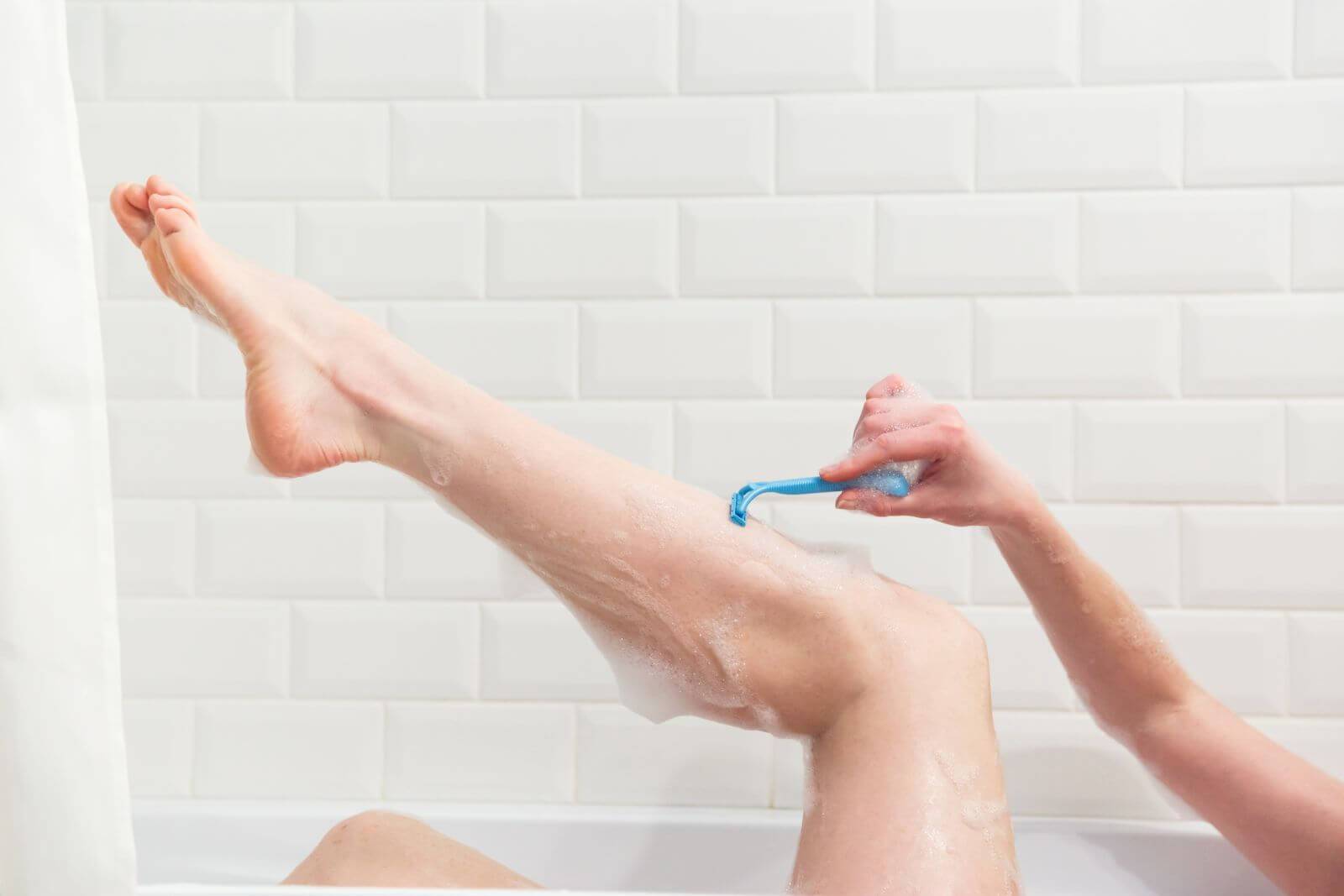
Pros – Fast. Convenient. Smooth shave. At-Home Method.
Cons – Short-lasting solution. Possible cuts and skin irritation.
The most common method among cyclists. If you have a lot of hair or you want to make shaving easier, trim the hair before using a razor.
You can use the same model but not the very same razor you are using for your face.
The softer the skin and hair, the better the shave and the less irritation.
The better and newer the blade, the easier it is to shave. Don’t skimp on money if you don’t want to damage your skin.
Steps to follow:
- Once you have trimmed the hair, exfoliate the skin.
- Put soap on a wet leg and shave from the ankle upwards in the opposite direction of your hair growth. Do not rush and be gentle on tricky areas.
- When you are done with one leg, wash the entire shaved area thoroughly.
- Check with your fingers that there aren’t any stubborn hairs left and repeat the procedure on the other leg.
- Once you have finished washing and drying both legs, apply moisturizer.
The first few shaves will take time, but you’ll quickly get the hang of it. The problem with this method is that the perfect shave is short-lived.
Hair Removal Cream
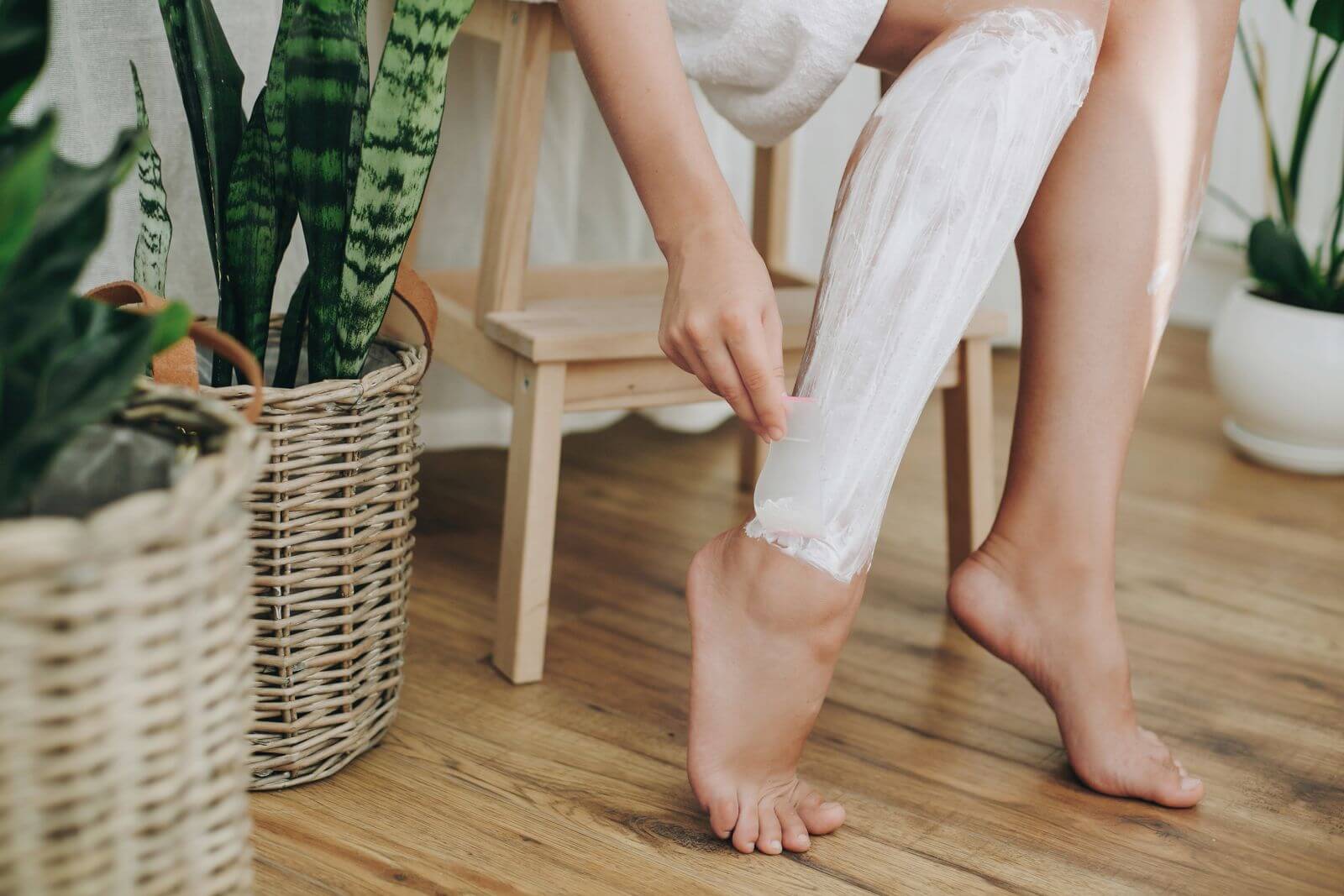
Pros – Fast. Painless. At-Home Method.
Cons – Short-lasting solution. Not suitable for sensitive skin and coarse hair.
Similar to the previous method, but instead of blades, we’re using a cream that removes the hair. Such creams contain chemical compounds that break down the protein bonds of the hair so be careful if you have very sensitive skin.
Patch-test the cream first to see how your skin reacts. If there is no redness, stinging, itching or rash and it removes the hair efficiently, then you’re good to go.
Read the instructions before applying the cream, be careful not to use it in sensitive and intimate areas, and see if following the steps will lead you to the desired result.
Waxing
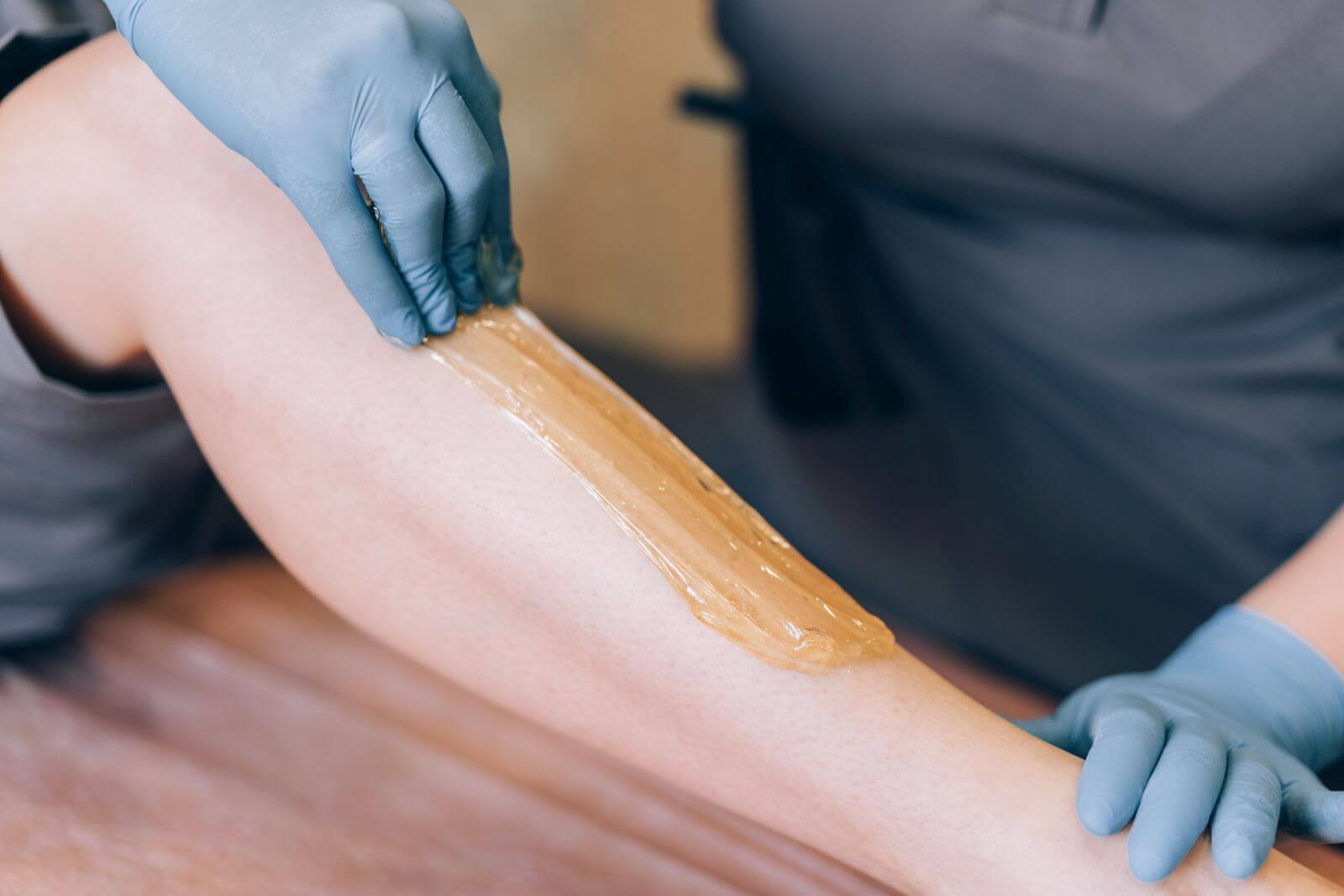
Pros – Long-lasting solution.
Cons – Not an At-Home Method. Painful. Ingrown hairs, folliculitis (inflamed hair follicle).
Not ideal if you’re a man with a lot of hair and it’s your first experience with waxing. You may be able to endure the pain, but the result will most likely be disappointing. In addition, when the hair grows back you may suffer from folliculitis.
Don’t even think about waxing at home because the result might be quite messy. If you decide to use this method, go to a cosmetic clinic to have the procedure done correctly.
Epilator
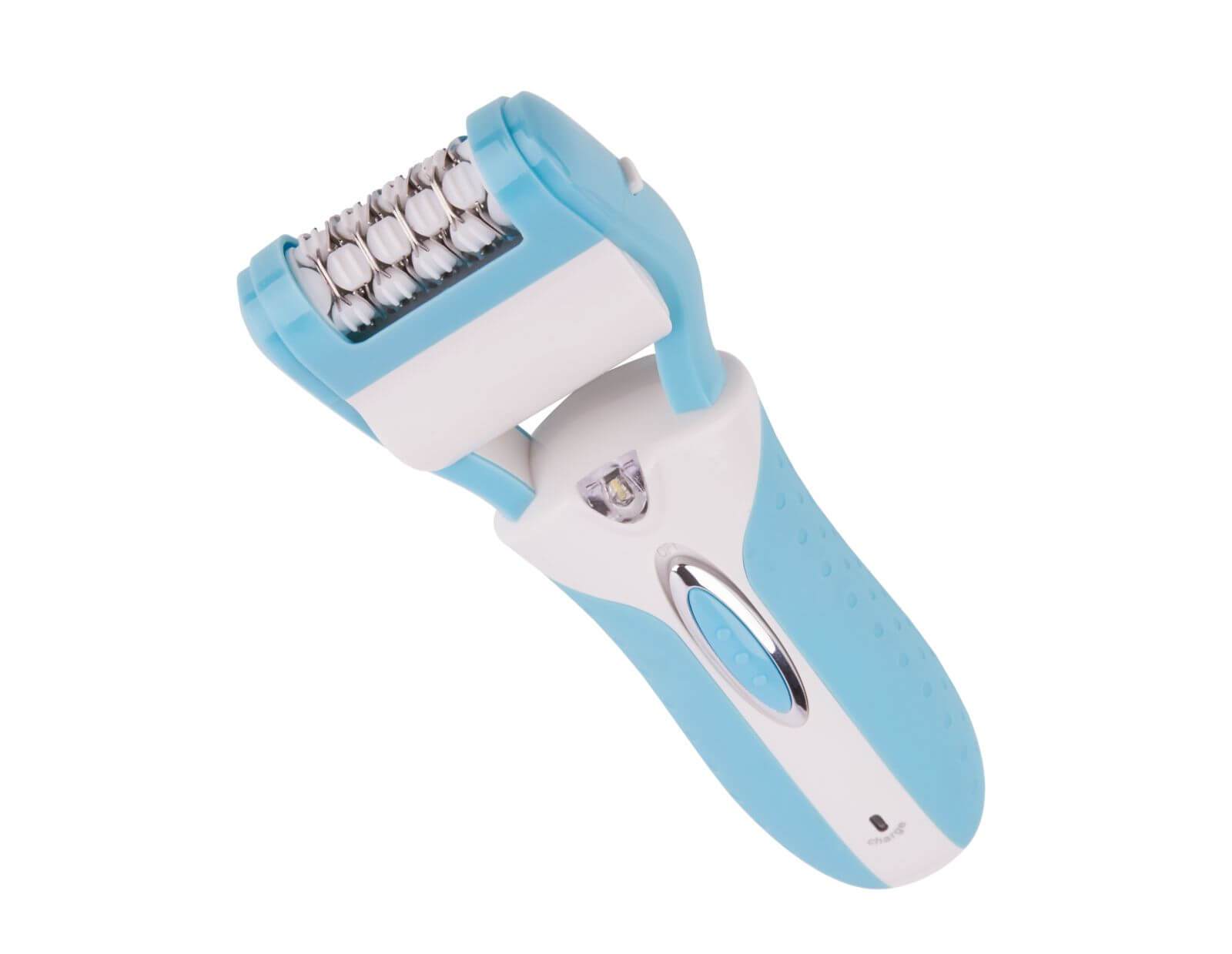
Pros – Long-lasting solution. At-Home Method.
Cons – Time-consuming. Painful. Ingrown hairs, folliculitis.
Similar to the previous method, as it pulls out the hair by the roots, hence it has almost the same pros and cons. Its advantage over waxing is that you can use the device yourself without much experience, although the pain of pulling out the hairs is inevitable.
Light-Based Hair Removal: Intense Pulsed Light (IPL) and Laser Hair Removal

Pros – Long-lasting solution.
Cons – Expensive. Painful. Possible skin irritation. Hair does not disappear immediately.
Light-based hair removal can refer to two types of treatments: Laser (Light Amplified by Stimulated Emission of Radiation) and Intense Pulsed Light (IPL), also known as photoepilation. Each one involves different devices and the choice of either laser or IPL is based on the type and color of the skin as well as the color and thickness of the hair.
If you decide on this method, you should see a dermatologist first and then seek a specialized clinic to have them evaluate your case and recommend one of the two techniques or neither of them.
The biggest advantage is that it’s a long-lasting solution. However, the hair does not disappear immediately. You’ll need several sessions for the legs to become hairless. If you do not want to ride a bike with hairy legs, start the sessions in autumn or winter, when it gets colder and your legs are covered.
How far up do cyclists shave their legs?
You should remove hair from the entire leg, from the ankle to just below the groin. But stay away from your private parts because it is a very sensitive, warm and humid area (especially when pedaling) that touches the saddle and suffers a lot of friction. Any irritation, folliculitis, boil, pimple or hair regrowth can keep you off the bike for a few days.
If you’ve never shaved your legs, you don’t have to do that to feel like a true cyclist. Many of us forget about hair as soon as we put on our bib shorts and still feel like real riders. Actually, Peter Sagan himself proudly sported the world champion’s jersey and his naturally lush hairy legs.
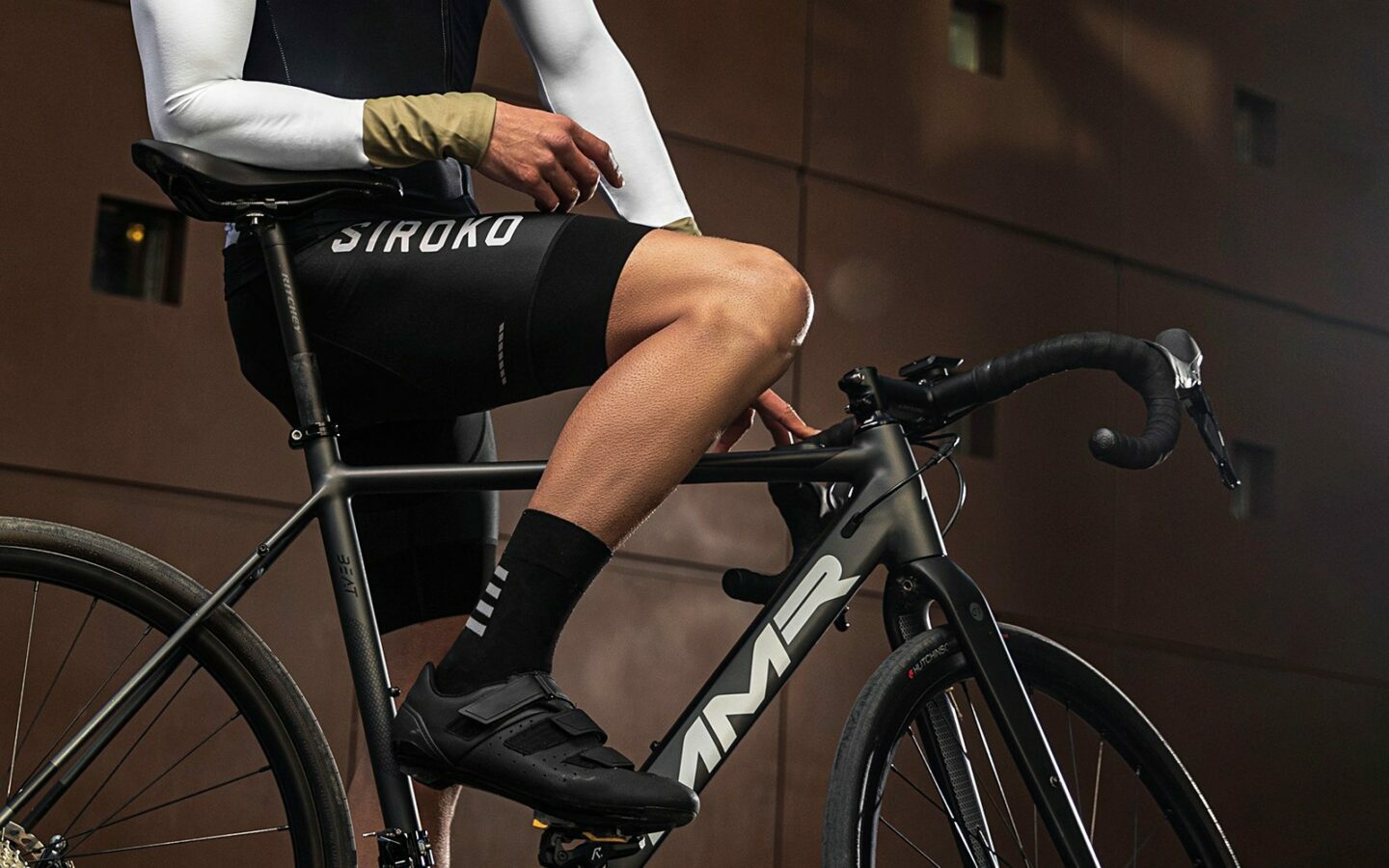




Pingback: Shave Legs for Cycling - eBikeAI